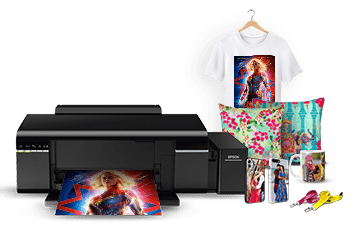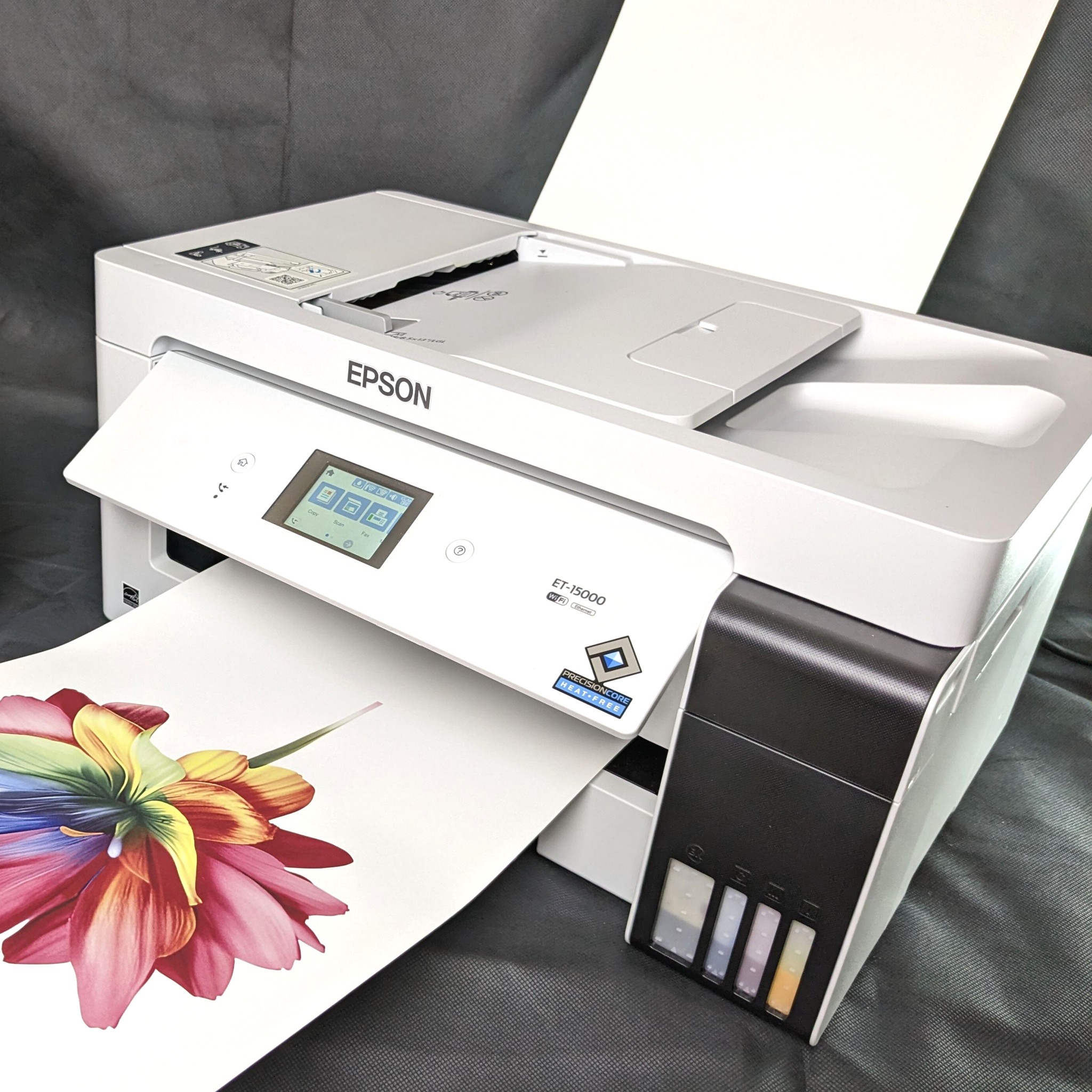Screen Printing Strategies: Mastering the Art for Branded Clothing
Wiki Article
From Typical to Digital: Comprehending the Development of Cloth Printing
The improvement of cloth printing from conventional approaches like block printing and resist coloring to modern methods such as display and electronic printing notes a significant shift in the textile industry. Exactly how do these improvements influence the essence of towel printing, and what might the future hold for this ever-evolving craft?Standard Fabric Printing Techniques
In the beginning of textile manufacturing, traditional cloth printing methods functioned as the keystone of textile layout, using both functionality and artistic expression. Methods such as block printing, stand up to dyeing, and stenciling were diligently developed and refined over centuries, each adding one-of-a-kind visual high qualities and functional applications to the material sector. Block printing, among the earliest approaches, included carving elaborate styles right into wooden blocks, which were then dipped in color and pressed onto fabric. This labor-intensive process permitted the repetition of thorough patterns, showcasing the craftsmen's ability and creativity.Withstand dyeing, consisting of strategies like batik and tie-dye, utilized wax or various other substances to avoid color from passing through specific locations of the textile. This method created striking contrasts and detailed layouts, typically imbued with social relevance. Stenciling, another typical technique, involved reducing patterns into a product and using dye through the openings, using an easier yet reliable method to create repetitive styles.
These traditional methods not just shaped the fabric industry's very early advancement however also laid the groundwork for future innovations. Each technique reflected the regional and social characteristics of its beginning, preserving and disseminating artisanal knowledge with generations.
The Rise of Display Printing
The introduction of screen printing in the early 20th century noted a considerable departure from standard methods, offering unmatched versatility and efficiency. Display printing made it possible for developers to create complex patterns and vibrant colors on fabrics, which were formerly challenging to accomplish with block printing or hand-painting techniques.One of the key advantages of display printing is its capability to reproduce complex styles on a huge scale with impressive fidelity. This scalability made it immensely popular in the commercial fabric market, where mass production without giving up high quality is paramount. Display printing suits a broad range of inks and dyes, expanding the palette of appearances and finishes offered to developers.
Furthermore, the process is very adaptable, suitable for different fabric kinds consisting of cotton, silk, and synthetics. This flexibility, combined with its cost-efficiency for large runs, strengthened screen printing's function as a cornerstone of modern-day textile production. Thus, the rise of screen printing transformed the industry, pressing the limits of what was feasible in textile style.

The Development of Digital Printing
Building on the exceptional innovations brought by screen printing, the textile market experienced an additional groundbreaking advancement with the development of digital printing. Arising in the late 20th century, digital printing transformed the means styles are transferred onto materials, providing unmatched flexibility and performance. Unlike standard approaches, which commonly required substantial setup and considerable hands-on treatment, digital printing utilizes computer-aided layout (CAD) technology to produce elaborate patterns directly onto the textile with high accuracy.This development has actually allowed fabric makers to meet the growing need for customization and on-demand production. By eliminating the requirement for screens and plates, electronic printing reduces and minimizes lead times material waste, making it an extra lasting choice. The capability to print complex images and a wide array of colors in a solitary pass has opened brand-new imaginative opportunities for developers, promoting a rise in artistic expression within the sector.
In addition, digital printing supports smaller sized batch manufacturing runs, which is particularly advantageous for particular niche markets and start-up style brands. This technological jump has not just boosted operational effectiveness yet additionally democratized accessibility to premium fabric printing, establishing the phase for future technologies in fabric layout and manufacturing.
Comparing Techniques: Traditional Vs. Digital
While both standard and digital printing methods have their very own distinct advantages, they vary substantially in terms of process, efficiency, and environmental influence. Standard cloth printing, encompassing techniques like block printing and screen printing, includes manual work and elaborate craftsmanship. These techniques are commemorated for their ability to produce rich appearances and vivid colors, commonly causing one-of-a-kind, artisan-quality products. They are labor-intensive, time-consuming, and frequently restricted in terms of color range and style intricacy.
In comparison, electronic printing employs innovative innovation to transfer designs directly onto textile using inkjet printers. Digital printing is considerably quicker, allowing for quick turnarounds and just-in-time production, which reduces the need for huge inventory storage.
From an environmental viewpoint, digital printing is normally extra sustainable. It uses much less water and generates very little waste contrasted to traditional methods, which typically include considerable washing and coloring processes. Digital printing is significantly favored in an era where environmental factors to consider are extremely important.
Future Patterns in Towel Printing
As the fabric sector proceeds to advance, future patterns in cloth printing often direct towards higher combination of innovation and sustainability. One considerable pattern is the enhanced application of digital printing modern technologies. These improvements permit for higher precision, faster manufacturing times, and the capacity to create complex designs that were when challenging with conventional techniques. Digital fabric printing is anticipated to dominate the marketplace, driven by its efficiency and versatility to consumer needs for individualized and limited-edition products.
Additionally, the unification of wise fabrics, which integrate electronic components right into textiles, is readied to reinvent the market. These fabrics can give added performances such as temperature policy, health monitoring, and interactive functions. As technology remains to advancement, the intersection of electronic printing and wise fabrics will certainly open up new opportunities for creative and useful applications in towel printing.
Conclusion
The development of fabric printing from conventional approaches to electronic innovations notes a considerable transformation in the textile industry. While typical methods highlight artisanal workmanship and cultural heritage, electronic printing uses exceptional accuracy, performance, and modification. This change not only enhances manufacturing capabilities however also supports sustainability initiatives. Future patterns are most likely to proceed incorporating innovative innovations, further redefining textile style and manufacturing procedures to satisfy environmental considerations and modern demands (screen printing).The improvement of fabric printing from standard techniques like block printing and withstand coloring to contemporary methods such as display and electronic printing notes a substantial shift in the fabric market. Display printing made it possible for developers to generate detailed patterns and lively colors on materials, which were formerly testing to attain with block printing or hand-painting approaches.
Building on the amazing improvements brought by display printing, the textile industry experienced another groundbreaking growth with the arrival of digital printing. heat transfer vinyl printing. Standard fabric printing, incorporating techniques like block printing and display printing, includes hands-on labor and detailed workmanship. As technology proceeds to advance, the junction of digital printing and smart fabrics will certainly open brand-new sublimation printing avenues for useful and creative applications in cloth printing
Report this wiki page